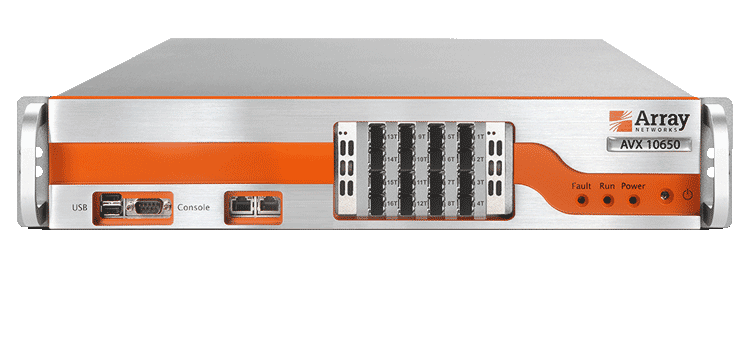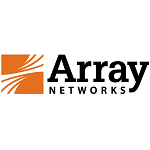Array announced the second generation of the AVX10650 virtualized application delivery controller. Why is this important? It gives IaaS providers unprecedented flexibility to support multiple customers while managing just one appliance (or two, for high availability). Or, enterprises can support multiple applications, user types, etc. – again, with just one appliance (or two).
And unlike other ADC products marketed as ‘multi-tenant,’ AVX10650 instances do not share physical resources. They’re fully independent – each with its own I/O, CPU, SSL card and memory – so there’s no resource contention to drive down performance (and user experience). This is a multi-tenant, virtualized ADC solution that truly offers multiple benefits for IaaS providers and enterprises.
It offers four different basic configurations, from entry-level basic ADC for up to 32 vAPV instances, to the high-performance large configuration supporting four vAPV instances per appliance and 28Gbps guaranteed throughput per instance. It combines the flexibility of a virtual ADC, with the rock-solid, high-horsepower performance of a physical ADC – more than 2K transactions per second (TPS) for 2048-bit SSL even at the entry level, and up to 17K SSL TPS (2048-bit) in the ‘large’ configuration.
You can buy just what you need today, and ‘pay as you grow.’ For example, if you determine you need a medium ADC configuration (16 vAPV instances per appliance), you can purchase one quarter, half, three quarters or full capacity (that’s 4, 8, 12 or 16 instances in this case). If an AVX10650 is purchased at less than full capacity, you can upgrade at any time.

With the AVX10650 virtualized ADC you’re not racking and stacking multiple ADCs to support multiple customers, applications or communities of interest – nor do you have the associated management, power and space headaches. And it provides hardware-based SSL throughput that virtual ADCs can only dream of. Find out more about the next-generation AVX10650 in the press release or datasheet.
You can read the original article here.





